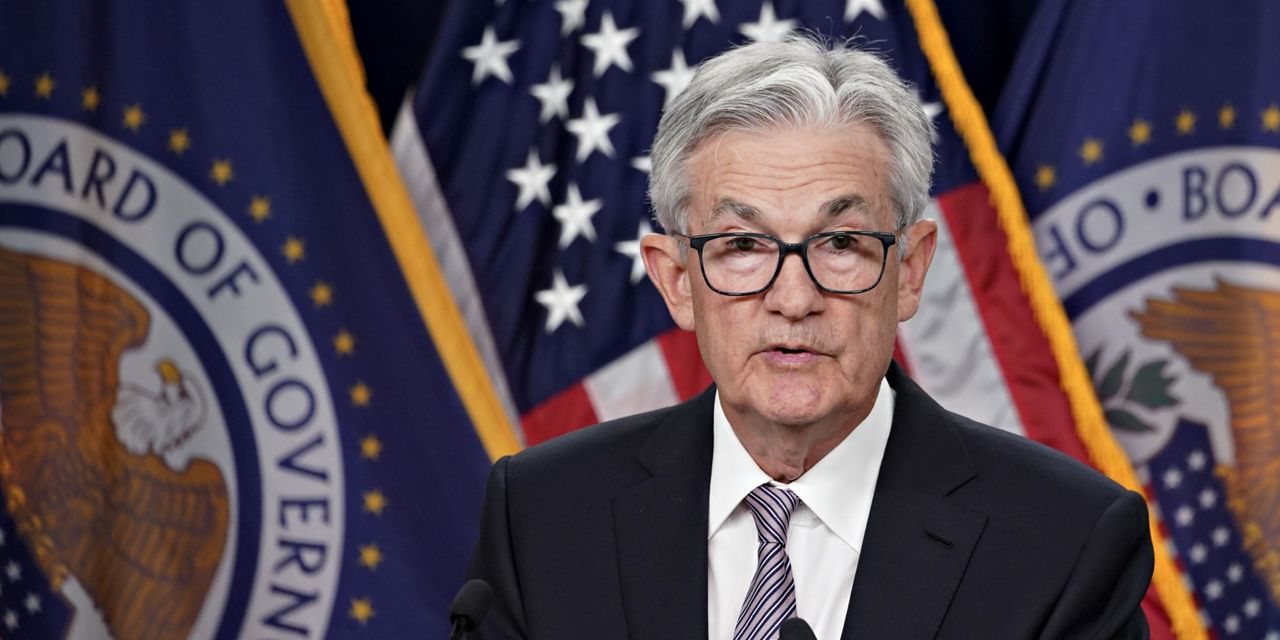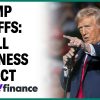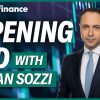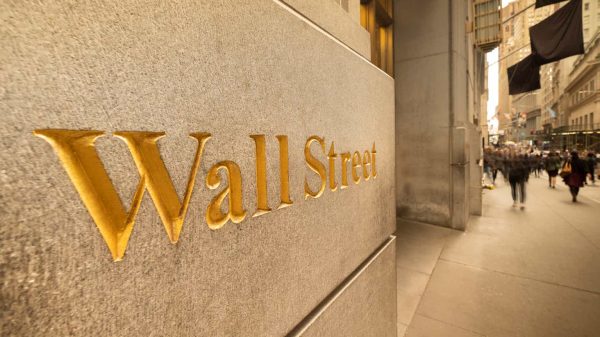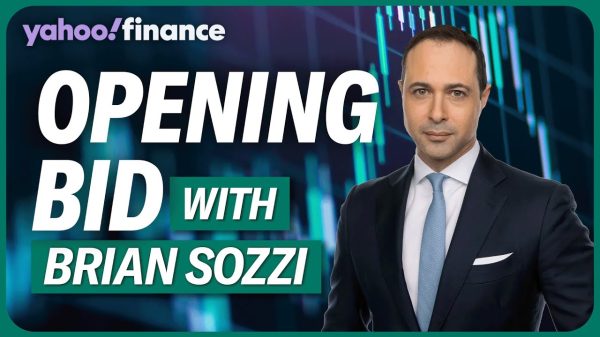About the author: Stephen Miran is co-founder at Amberwave Partners, adjunct fellow at the Manhattan Institute, and former senior advisor at the U.S. Treasury, 2020-21.
The Federal Reserve, after raising overnight interest rates to “sufficiently restrictive” levels, has suggested its intent to leave them above 5% for as long as it takes to bring inflation down to its 2% target. Yet, fixed income markets continue to price rate cuts, up to 0.75% of cuts by the January meeting, signaling the Fed’s guidance lacks credibility. Fed policy makers have downplayed the likelihood of rate cuts this year, and the Fed’s own projections signal it’s likely on hold through the end of the year. Still, market pricing has persisted.
To see why, it helps to think through how the Fed might achieve a 0.75% cut. The Fed usually hikes gradually, in quarter- or half-point clips, which might imply three standard quarter-point moves. But in this case, it’s more reasonable to imagine market pricing representing the odds of a much larger and faster cutting cycle. The Fed opts for those more-aggressive cuts when a sudden and severe downside shock emerges, like a recession, financial crisis or a pandemic.
Historically in the postwar period, the Fed cuts the funds rate about 5 percentage points in a recession. The coming cutting cycle, when it eventually arrives, is likely to be shallower than normal because several key secular inflation drivers have stopped weighing on inflation and reversed. Deglobalization, resource conflicts, expansionary fiscal policy, trade and industrial policy have all started exerting some secular upward pressure on inflation. Therefore, for the sake of argument, imagine that the coming cutting cycle will see the Fed reduce interest rates by half of what is typical, or 2.5 points.
In this framework, the bond market is discounting just under one-third probability of something really bad happening in the economy by January. The pricing reflects not certainty that the Fed has tightened a hair too much and will calibrate slightly downward, but a smaller chance of a big downside event that would require aggressive cutting. As you go out past January, more cuts are priced, reflecting the market’s sense that a recession will occur eventually, and the odds increase as more time passes.
The Fed is effectively saying otherwise, but there’s a reason it can’t shake this pricing. It has conditioned markets to anticipate it will ease aggressively in response to any downward shocks to the economy, even with high inflation. That idea is known as the “Fed put.” At Jackson Hole last year, Fed Chair Jay Powell warned that to tame inflation, the Fed would “bring pain.” But at the first sign of real pain—the failure of banks such as Silicon Valley and First Republic—the Fed and its fellow bank regulators bailed out uninsured depositors, even those who were extremely wealthy individuals or corporations, and the Fed introduced the Bank Term Funding Program to hose the banking sector with liquidity. With unemployment at six-decade lows and core inflation running above 5%, if there were ever a time in history to allow the bank resolution process to work, it’s now. But the policy response makes clear there is little tolerance for economic weakness, despite the high inflation rates.
Because they’re so used to the Fed put, markets will ignore the Fed’s pleas, and the Fed will have a hard time convincing the market to stop pricing cuts, short of pulling short rates even higher, as some Fed officials have expressed a desire to do. (And even then, the market may just shift the cuts forward in time rather than removing them and disinverting the yield curve.)
On the contrary, only the economic data can get the market to change its pricing, since the market considers the Fed on hold if growth and inflation hold steady, but cutting if the economy deteriorates. Stronger economic data releases will see the market reducing the odds of bad economic news (and cuts) in the shorter term, while transferring those negative expectations (and cuts) further out. The Fed can talk all it wants, but it’s the data that will move market pricing.
With policy rates north of 5%, we are already starting to see financial wobbling as weaker regional banks topple, and given current policy incentives, more instability is likely on the way. Nobody really knows how many of these bank failures and financial disruptions the economy can handle until it tips over into recession. Clearly the number is more than three failures, but is it five, 10, 50? Only time and economic data will reveal the answer, despite the constant stream of commentary coming from Fed speakers.
Guest commentaries like this one are written by authors outside the Barron’s and MarketWatch newsroom. They reflect the perspective and opinions of the authors. Submit commentary proposals and other feedback to [email protected].
Read the full article here



